Home>Gardening & Outdoor>Landscaping Ideas>How To Use Lemongrass In Tea
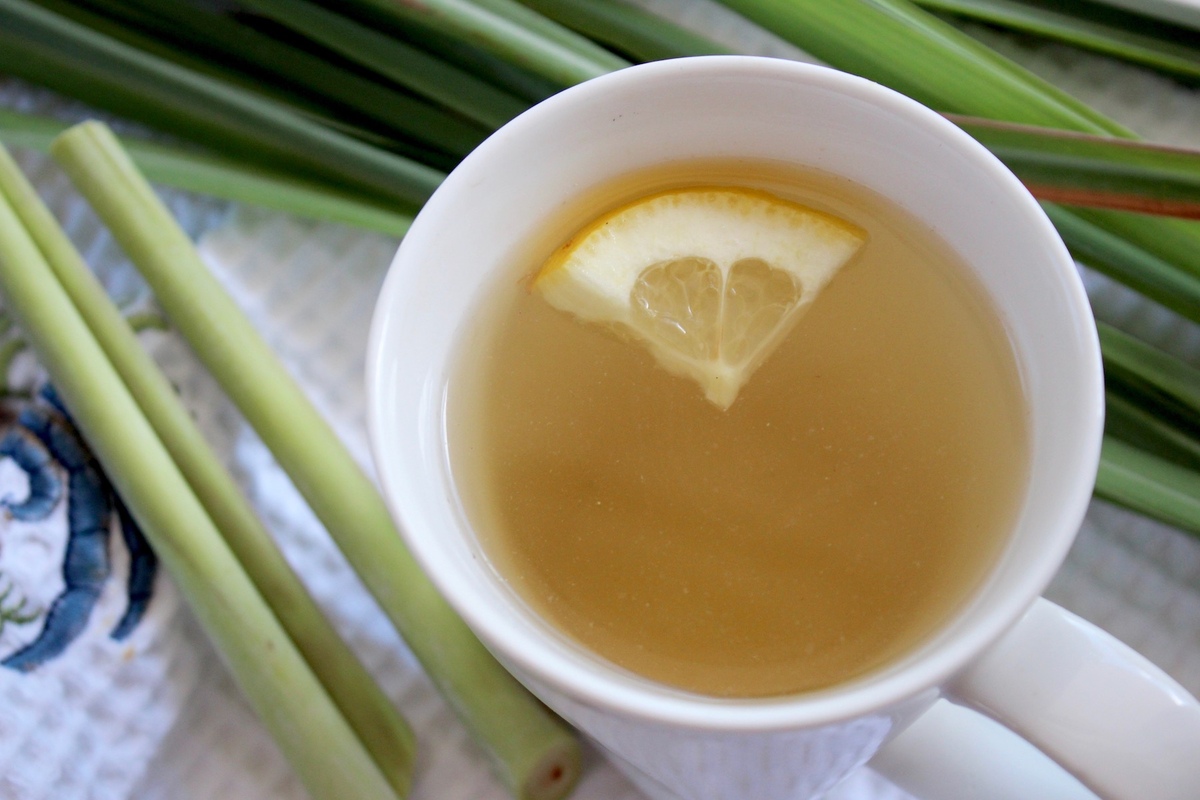

Landscaping Ideas
How To Use Lemongrass In Tea
Modified: March 5, 2024
Discover creative landscaping ideas using lemongrass in tea. Learn how to incorporate this aromatic herb into your garden for a refreshing and beautiful outdoor space.
(Many of the links in this article redirect to a specific reviewed product. Your purchase of these products through affiliate links helps to generate commission for Storables.com, at no extra cost. Learn more)
Introduction
Lemongrass, with its refreshing citrusy aroma and subtle hint of ginger, has been cherished for centuries in various cultures for its culinary and medicinal properties. This tropical grass, also known as Cymbopogon, is a staple ingredient in many Southeast Asian cuisines and is renowned for its versatility. One of the most delightful ways to harness the benefits of lemongrass is by incorporating it into tea. Whether you're seeking a soothing beverage to unwind after a long day or aiming to boost your overall well-being, lemongrass tea offers a delightful and healthful option.
In addition to its delightful flavor, lemongrass boasts an array of health benefits, making it a popular choice for tea enthusiasts and wellness seekers alike. From its potential to alleviate digestive discomfort to its antioxidant properties, lemongrass has garnered attention for its potential to support overall health and vitality. Furthermore, the process of preparing lemongrass for tea is relatively simple, allowing individuals to effortlessly infuse their favorite teas with its invigorating essence.
Throughout this article, we will delve into the myriad benefits of lemongrass in tea, explore the various methods for preparing lemongrass-infused tea, and provide enticing recipes to inspire your tea-making endeavors. Additionally, we will share valuable tips for maximizing the flavor and benefits of lemongrass in your tea creations. Whether you're a seasoned tea enthusiast or a newcomer to the world of herbal infusions, this guide will equip you with the knowledge and inspiration to elevate your tea experience with the delightful addition of lemongrass.
Key Takeaways:
- Lemongrass tea offers a refreshing and aromatic beverage with potential health benefits, including digestive support, antioxidant properties, and calming effects. It’s easy to prepare and can be enjoyed hot or cold.
- To make lemongrass tea, select high-quality fresh or dried lemongrass, prepare it correctly, and explore creative flavor combinations. Whether you prefer a classic infusion, an invigorating elixir, or a refreshing iced tea, lemongrass adds a delightful and healthful twist to your tea experience.
Read more: How To Prepare Lemongrass Tea
Benefits of Lemongrass in Tea
Lemongrass, when infused into tea, offers a plethora of benefits that extend beyond its delightful flavor and aroma. This tropical grass contains essential oils, antioxidants, and other beneficial compounds that contribute to its potential health-promoting properties. Here are some of the remarkable benefits of incorporating lemongrass into your tea:
-
Digestive Support: Lemongrass is revered for its potential to aid digestion and alleviate digestive discomfort. The natural compounds found in lemongrass may help to soothe the stomach and promote healthy digestion, making it an excellent choice for individuals seeking digestive support.
-
Antioxidant Properties: Rich in antioxidants, lemongrass possesses the ability to combat free radicals in the body, which are known to contribute to cellular damage and aging. By incorporating lemongrass into your tea, you can harness its antioxidant properties to support overall well-being and promote a healthy, radiant complexion.
-
Calming and Relaxing: The gentle, citrusy aroma of lemongrass has calming and relaxing effects, making it an ideal choice for a soothing cup of tea. Whether you're winding down after a long day or seeking a moment of tranquility, lemongrass tea can provide a comforting and serene experience.
-
Immune System Support: Lemongrass contains essential vitamins and minerals that may contribute to a robust immune system. By incorporating lemongrass tea into your wellness routine, you can potentially bolster your body's natural defenses and promote overall immune health.
-
Detoxification: Known for its potential detoxifying properties, lemongrass may support the body's natural detox processes. By enjoying lemongrass tea, you can aid your body in flushing out toxins and promoting internal cleansing.
-
Cognitive Function: Some studies suggest that lemongrass may have neuroprotective properties, potentially supporting cognitive function and overall brain health. By incorporating lemongrass tea into your daily routine, you may support mental clarity and focus.
-
Hydration: Lemongrass tea offers a delightful way to stay hydrated throughout the day. With its refreshing flavor and natural goodness, lemongrass tea can be a flavorful alternative to plain water, encouraging adequate hydration.
Incorporating lemongrass into your tea not only enhances the flavor profile but also provides a myriad of potential health benefits. Whether you seek digestive support, antioxidant protection, or a calming beverage to unwind, lemongrass tea stands as a delightful and healthful choice for tea enthusiasts and wellness seekers alike.
How to Prepare Lemongrass for Tea
Preparing lemongrass for tea is a straightforward process that allows you to unlock its delightful flavor and potential health benefits. Whether you're using fresh lemongrass stalks or dried lemongrass, the following steps will guide you through the preparation process, ensuring that you can effortlessly infuse your favorite teas with the invigorating essence of lemongrass.
Fresh Lemongrass:
-
Selecting Fresh Lemongrass: When using fresh lemongrass, look for stalks that are firm and fragrant, with a slight lemony scent. Avoid stalks that appear dry or have blemishes.
-
Preparation: Begin by trimming off the root end and the upper green portion of the lemongrass stalk, leaving the pale yellow or white lower portion, which is the most flavorful part.
-
Peeling and Mincing: To release the aromatic oils and flavors, peel away the tough outer layers of the lemongrass stalk until you reach the tender core. Then, finely mince or crush the lemongrass to maximize its infusion into the tea.
-
Infusion: Add the minced lemongrass to your teapot or infuser, pour hot water over it, and allow it to steep for 5-10 minutes, depending on your desired strength. Strain the lemongrass before enjoying your freshly infused tea.
Dried Lemongrass:
-
Selecting Dried Lemongrass: If using dried lemongrass, ensure that it is from a reputable source and has been properly stored to retain its flavor and potency.
-
Rehydration: To rehydrate dried lemongrass, place the desired amount in a teapot or infuser and pour hot water over it. Allow the dried lemongrass to steep for 10-15 minutes, allowing it to fully rehydrate and infuse the water with its essence.
-
Straining: Once steeped, strain the rehydrated lemongrass from the tea, leaving behind a flavorful infusion ready to be enjoyed.
By following these simple steps, you can effectively prepare lemongrass for tea, whether using fresh or dried varieties. The resulting infusion will offer a delightful citrusy flavor and potentially provide a range of healthful benefits, making it a wonderful addition to your tea repertoire.
Recipes for Lemongrass Tea
Lemongrass tea offers a delightful fusion of citrusy and herbal notes, making it a versatile beverage that can be enjoyed hot or cold. Whether you prefer a simple and classic lemongrass infusion or desire to explore creative flavor combinations, there are numerous recipes to elevate your tea experience. Here are a few enticing recipes to inspire your lemongrass tea-making endeavors:
Classic Lemongrass Infusion
- Ingredients:
- Fresh lemongrass stalks or dried lemongrass
- Water
- Instructions:
- If using fresh lemongrass, trim, peel, and mince the stalks. If using dried lemongrass, measure out the desired quantity.
- Boil water in a pot or kettle.
- Place the prepared lemongrass in a teapot or infuser.
- Pour the hot water over the lemongrass and allow it to steep for 5-10 minutes, depending on your preferred strength.
- Strain the lemongrass from the tea and enjoy the aromatic and refreshing classic lemongrass infusion.
Lemongrass and Ginger Elixir
- Ingredients:
- Fresh lemongrass stalks, minced
- Fresh ginger, sliced or grated
- Water
- Honey (optional)
- Instructions:
- In a pot, combine the minced lemongrass, ginger, and water.
- Bring the mixture to a gentle boil and then reduce the heat. Let it simmer for 10-15 minutes to infuse the flavors.
- Strain the liquid into mugs, adding honey if desired, and savor the invigorating blend of lemongrass and ginger.
Lemongrass Iced Tea with Mint
- Ingredients:
- Fresh lemongrass stalks, chopped
- Fresh mint leaves
- Water
- Ice
- Sweetener of choice (optional)
- Instructions:
- In a pitcher, combine the chopped lemongrass and mint leaves.
- Boil water and pour it over the lemongrass and mint.
- Allow the mixture to steep for 15-20 minutes, then refrigerate until chilled.
- Serve the iced tea over ice, adding sweetener if desired, and relish the refreshing and minty twist of lemongrass-infused iced tea.
These delightful recipes showcase the versatility of lemongrass in tea, offering a spectrum of flavors and experiences to suit various preferences. Whether you opt for a classic infusion, an invigorating elixir, or a refreshing iced tea, lemongrass serves as a captivating and healthful addition to your tea repertoire.
Read more: How To Use Lemongrass
Tips for Using Lemongrass in Tea
Enhancing your tea with the invigorating essence of lemongrass can be a delightful and rewarding experience. To elevate your lemongrass tea-making endeavors, consider the following tips and suggestions:
-
Quality Matters: When selecting lemongrass for tea, opt for fresh stalks with a firm texture and a strong lemony fragrance. If using dried lemongrass, ensure it is from a reputable source and has been properly stored to retain its flavor and potency.
-
Proper Preparation: Whether using fresh or dried lemongrass, it's essential to prepare it correctly to maximize its flavor and infusion potential. For fresh lemongrass, trim, peel, and finely mince the stalks to release the aromatic oils. If using dried lemongrass, rehydrate it thoroughly before steeping to ensure a flavorful infusion.
-
Optimal Steeping Time: The ideal steeping time for lemongrass tea may vary based on personal preference and the desired strength of the infusion. Generally, a steeping time of 5-10 minutes for fresh lemongrass and 10-15 minutes for dried lemongrass is recommended to extract the full flavor and potential benefits.
-
Creative Combinations: Experiment with combining lemongrass with other complementary ingredients such as ginger, mint, or citrus fruits to create unique and flavorful tea blends. These combinations can enhance the citrusy and herbal notes of lemongrass, offering a delightful twist to your tea experience.
-
Sweetening Options: While lemongrass tea boasts a naturally refreshing flavor, you may choose to add a touch of sweetness with honey, agave nectar, or a natural sweetener of your choice. Be mindful of the quantity to maintain the balance of flavors.
-
Versatile Serving: Lemongrass tea can be enjoyed hot or cold, providing versatility to suit different preferences and occasions. Whether you savor a comforting cup of hot lemongrass tea on a chilly day or relish a refreshing glass of iced lemongrass tea during warmer seasons, the options are plentiful.
-
Storage and Freshness: To preserve the freshness and flavor of lemongrass, store fresh stalks in the refrigerator, wrapped in a damp paper towel and placed in a resealable plastic bag. Dried lemongrass should be stored in an airtight container away from direct sunlight and moisture.
By incorporating these tips into your lemongrass tea-making routine, you can enhance the flavor, aroma, and overall tea-drinking experience. Whether you're a seasoned tea enthusiast or embarking on a journey to explore herbal infusions, these tips will empower you to create delightful and healthful lemongrass-infused teas that captivate the senses and nourish the body.
Conclusion
In conclusion, lemongrass stands as a remarkable and versatile ingredient that adds a delightful citrusy and herbal dimension to tea. Its infusion not only offers a refreshing and aromatic beverage but also potentially provides a myriad of health benefits, ranging from digestive support and antioxidant properties to calming effects and immune system support. By incorporating lemongrass into your tea-making endeavors, you can elevate your daily ritual of enjoying a comforting cup of tea while potentially nourishing your body and promoting overall well-being.
The process of preparing lemongrass for tea, whether using fresh or dried varieties, is relatively simple and allows for creative experimentation with flavor combinations. From classic lemongrass infusions to invigorating elixirs and refreshing iced teas, the versatility of lemongrass in tea-making offers a spectrum of flavors and experiences to suit various preferences and occasions.
Furthermore, the tips provided for using lemongrass in tea serve as valuable guidelines to ensure the quality, flavor, and infusion potential of your tea creations. By selecting high-quality lemongrass, preparing it correctly, and exploring creative combinations, you can enhance the sensory experience of savoring a cup of lemongrass-infused tea.
Whether you seek a moment of tranquility, a revitalizing beverage, or a flavorful alternative to plain water, lemongrass tea presents a delightful and healthful option. Its potential to soothe the senses, support overall wellness, and offer a versatile tea-drinking experience makes it a valuable addition to any tea enthusiast's repertoire.
In essence, the journey of incorporating lemongrass into your tea-making endeavors is not only an exploration of flavors and aromas but also a celebration of the natural goodness and potential health benefits that this tropical grass has to offer. As you embark on this flavorful journey, may each sip of lemongrass-infused tea envelop you in its delightful essence and contribute to your overall well-being.
Frequently Asked Questions about How To Use Lemongrass In Tea
Was this page helpful?
At Storables.com, we guarantee accurate and reliable information. Our content, validated by Expert Board Contributors, is crafted following stringent Editorial Policies. We're committed to providing you with well-researched, expert-backed insights for all your informational needs.
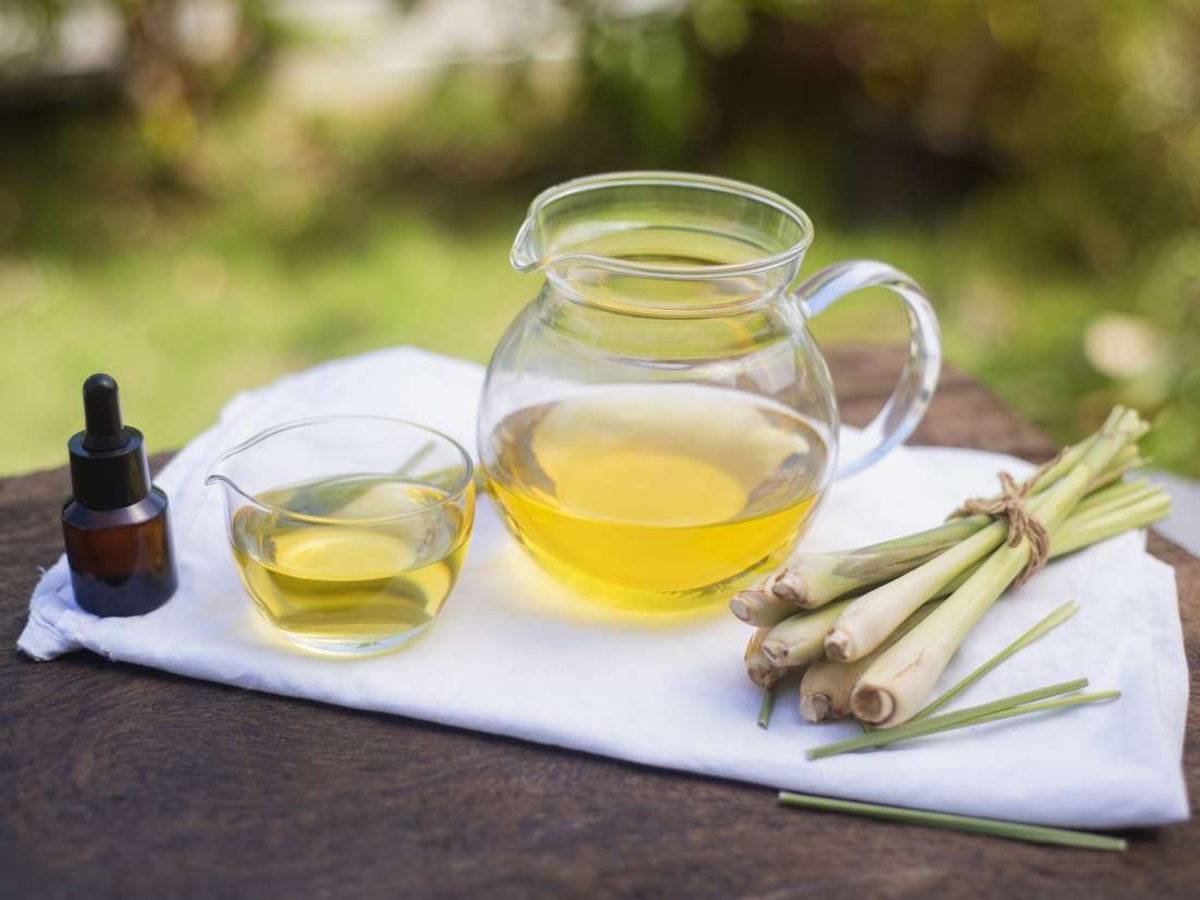
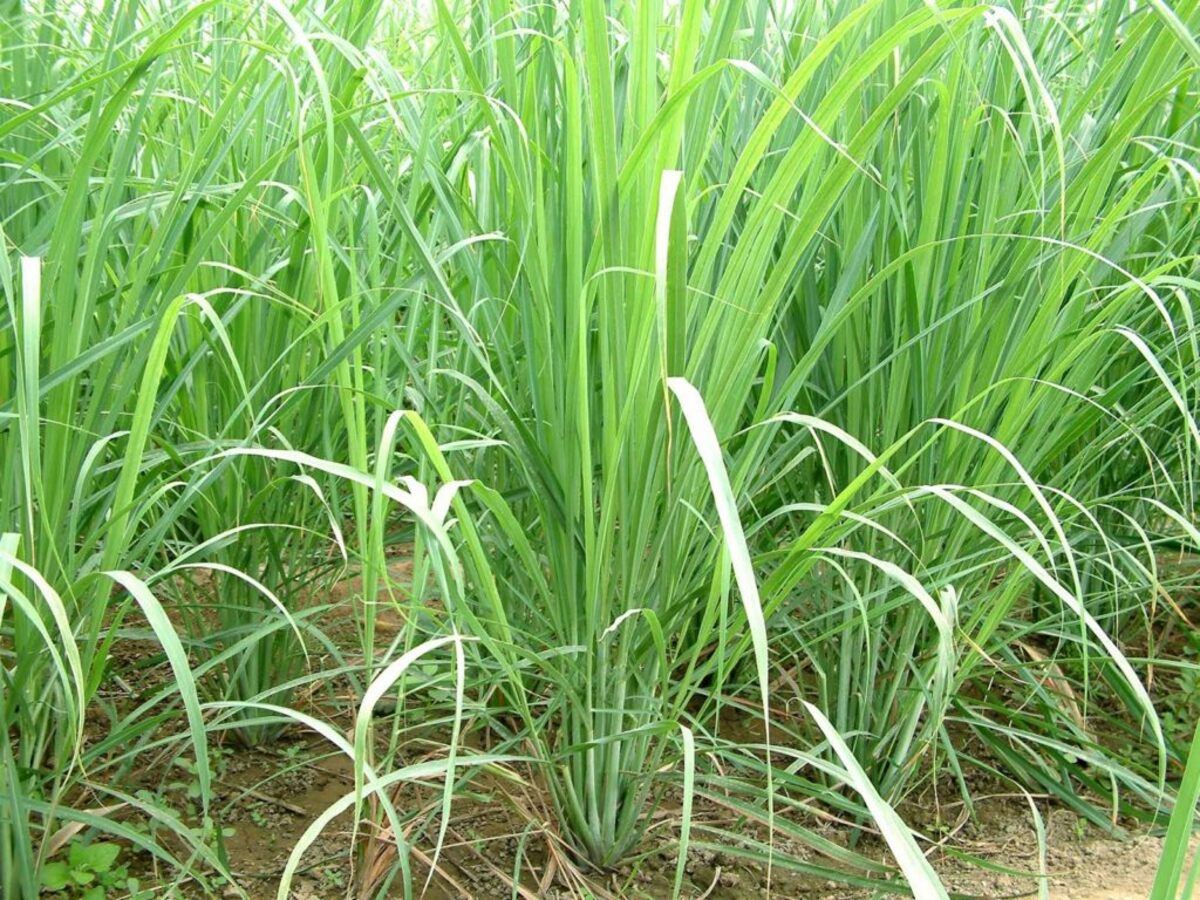
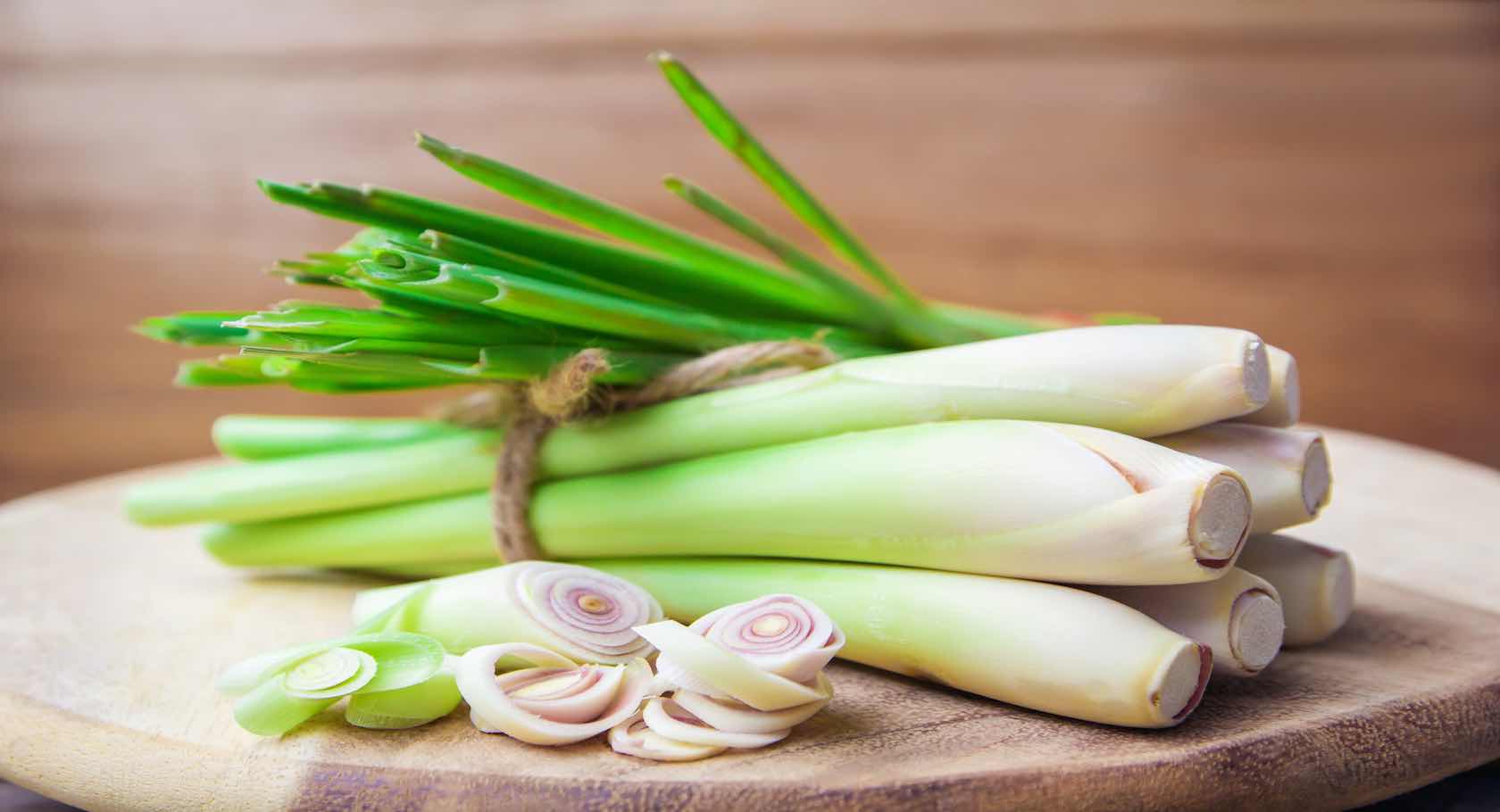
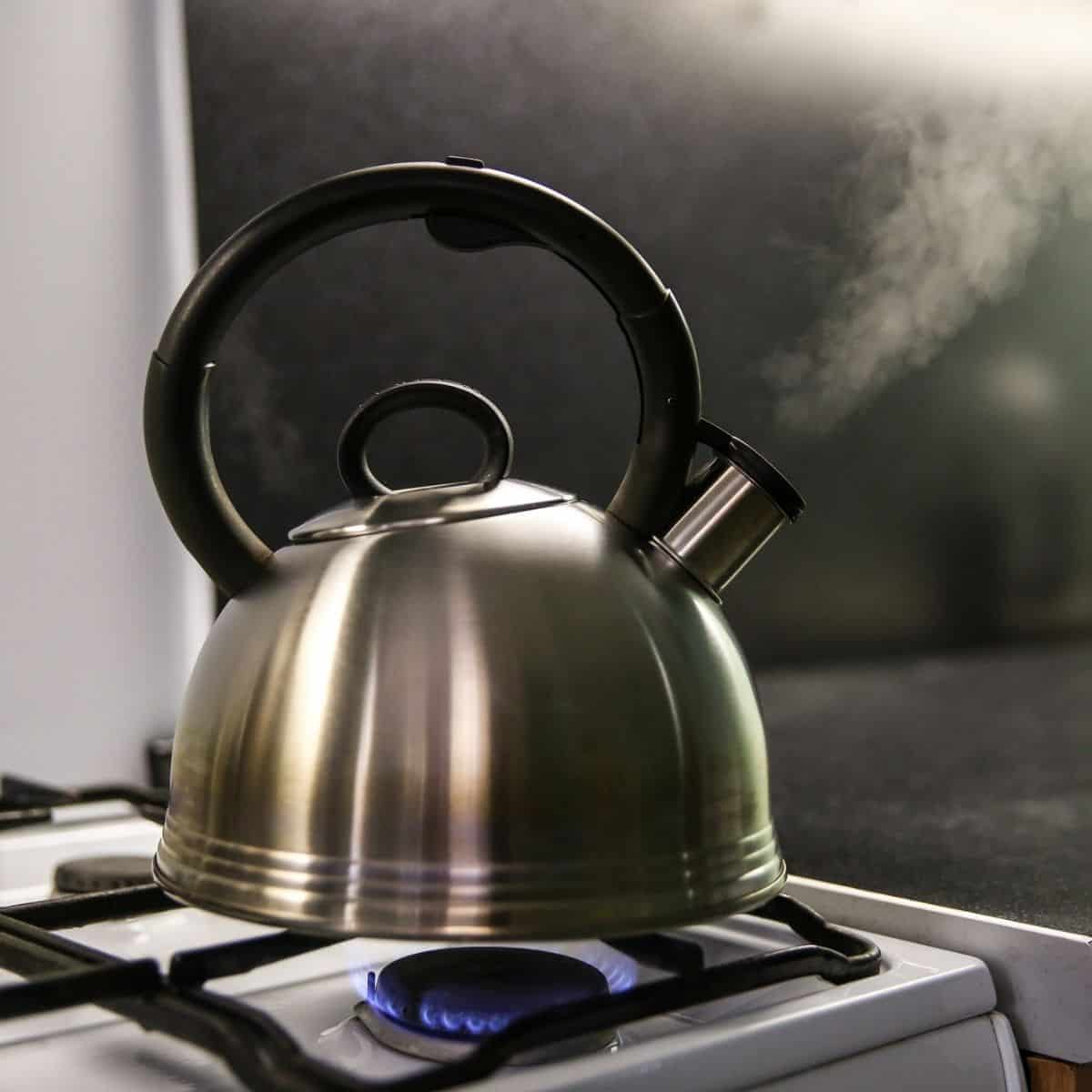
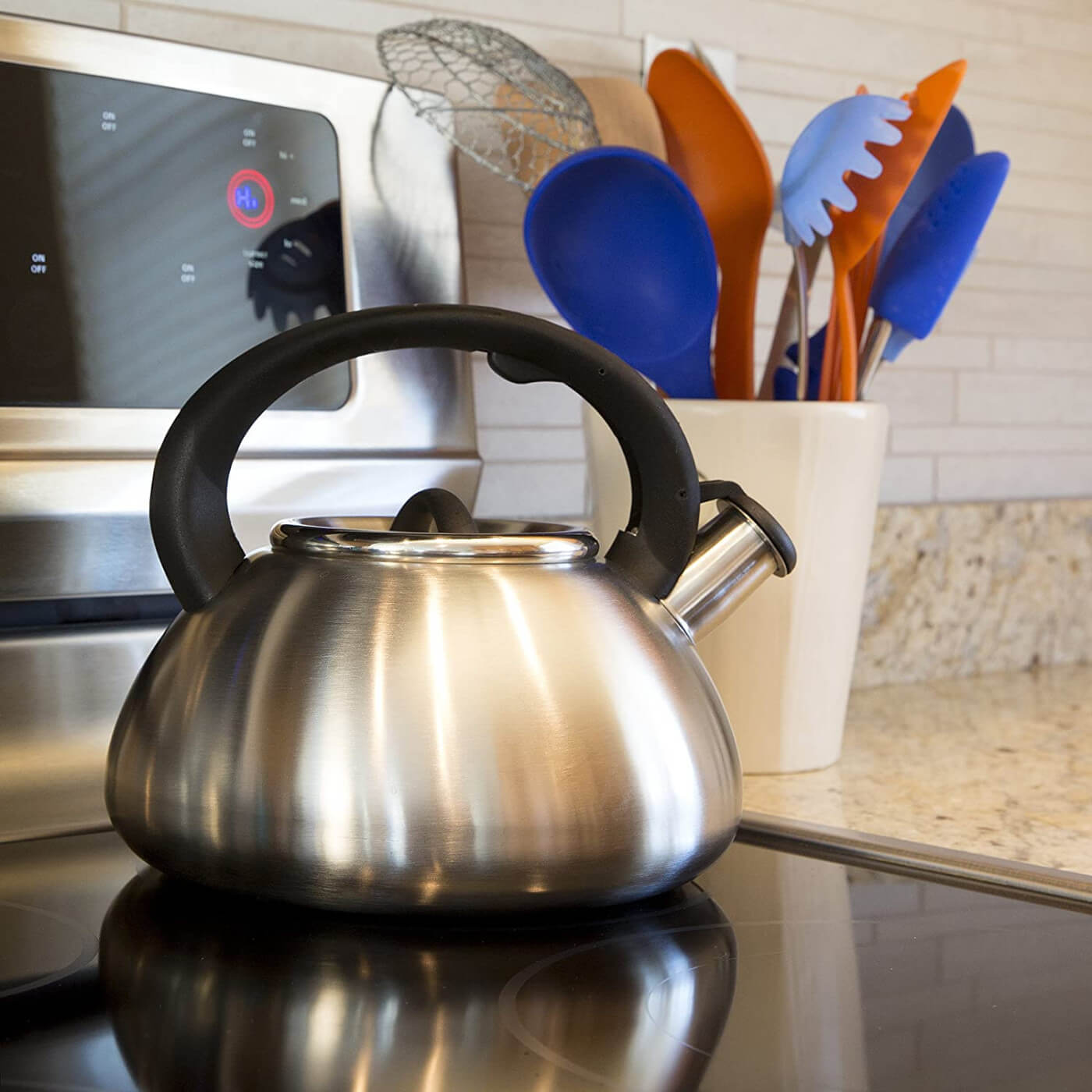
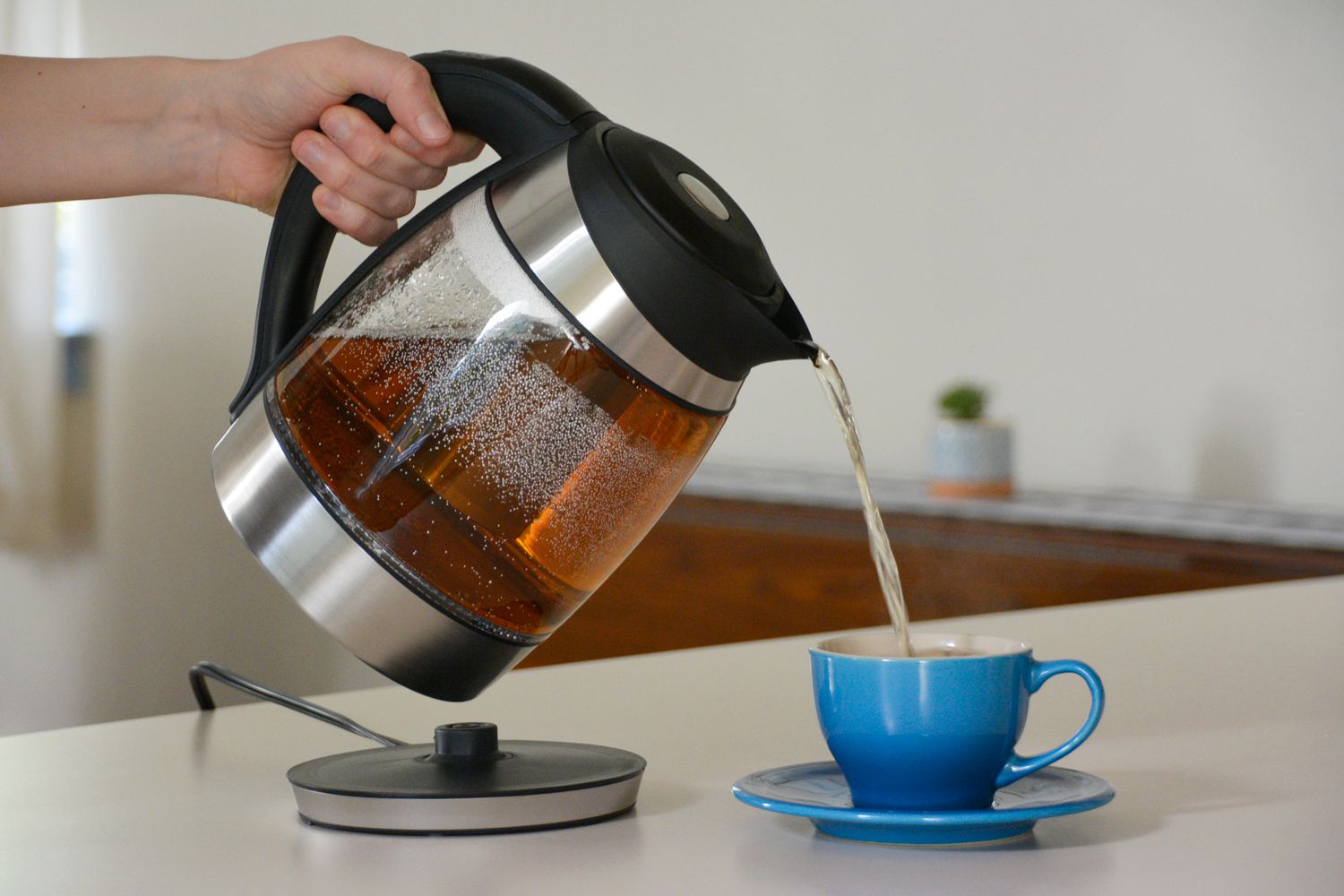

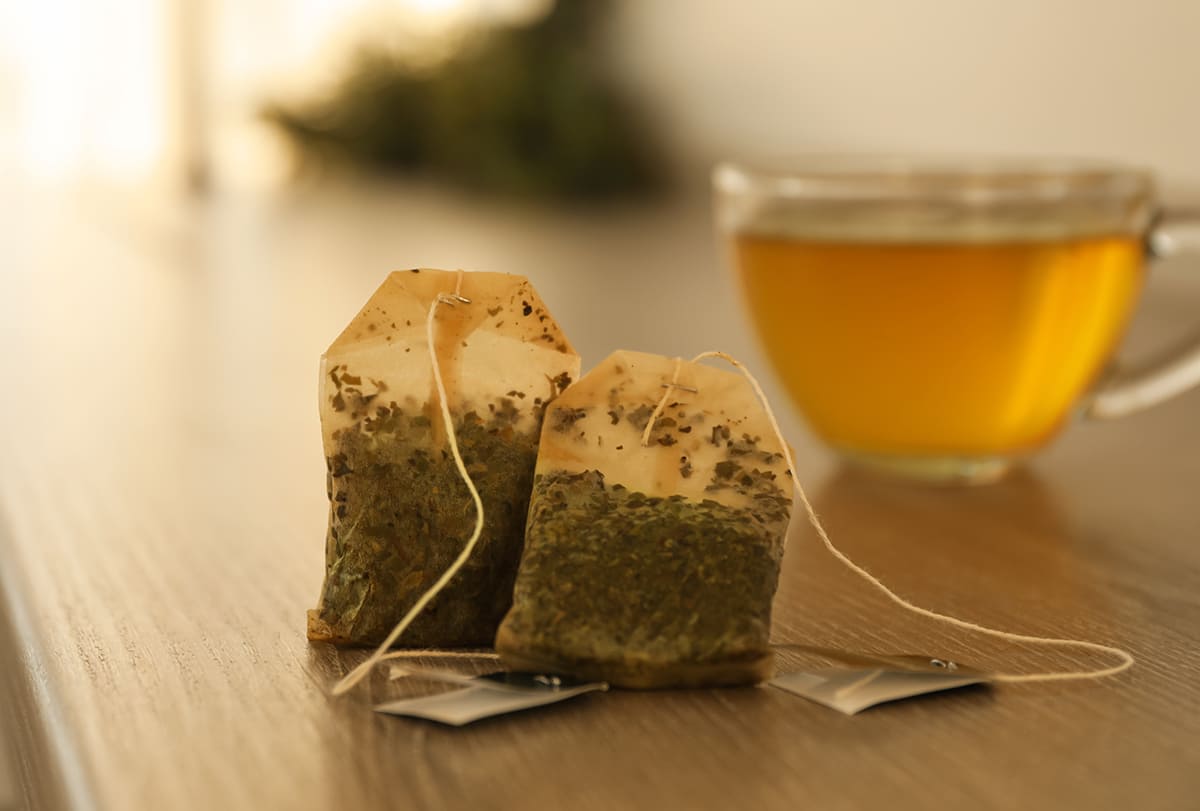
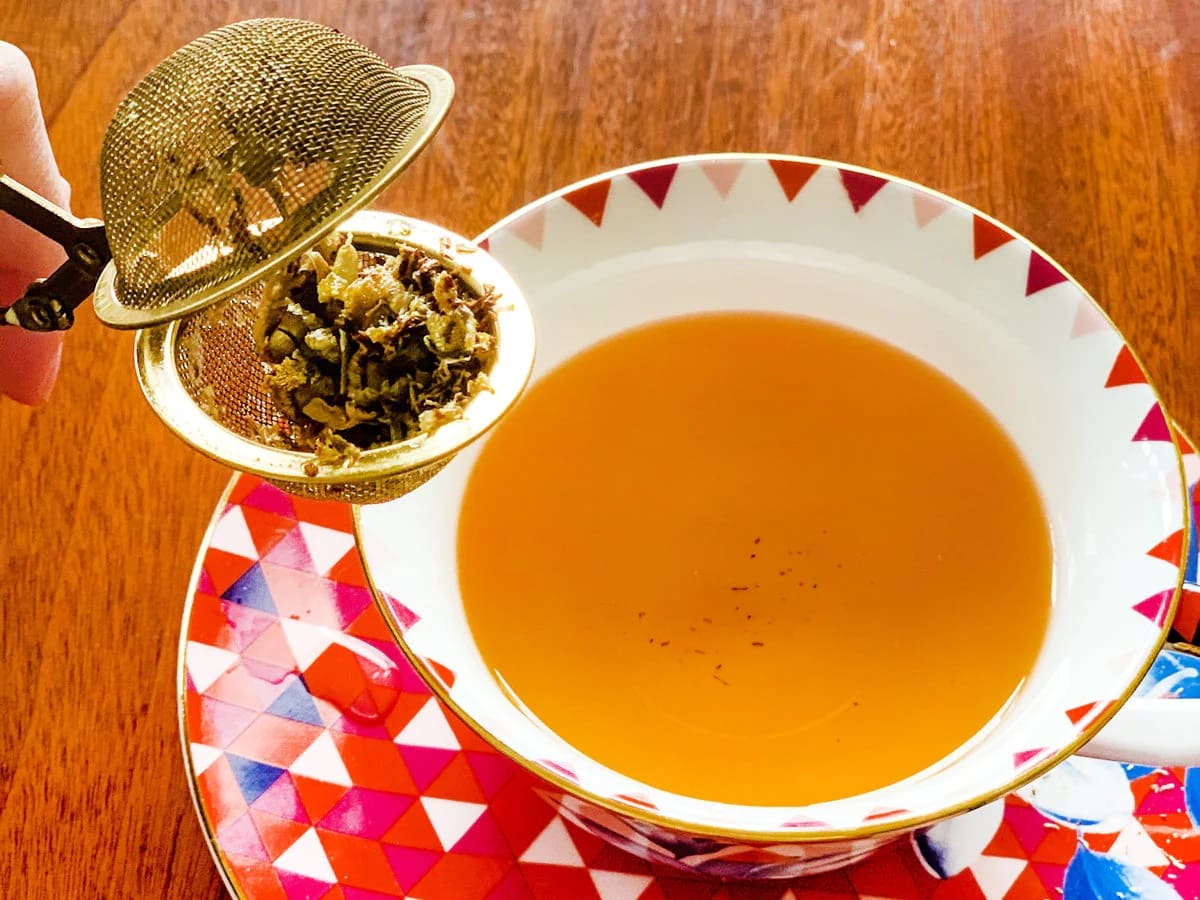
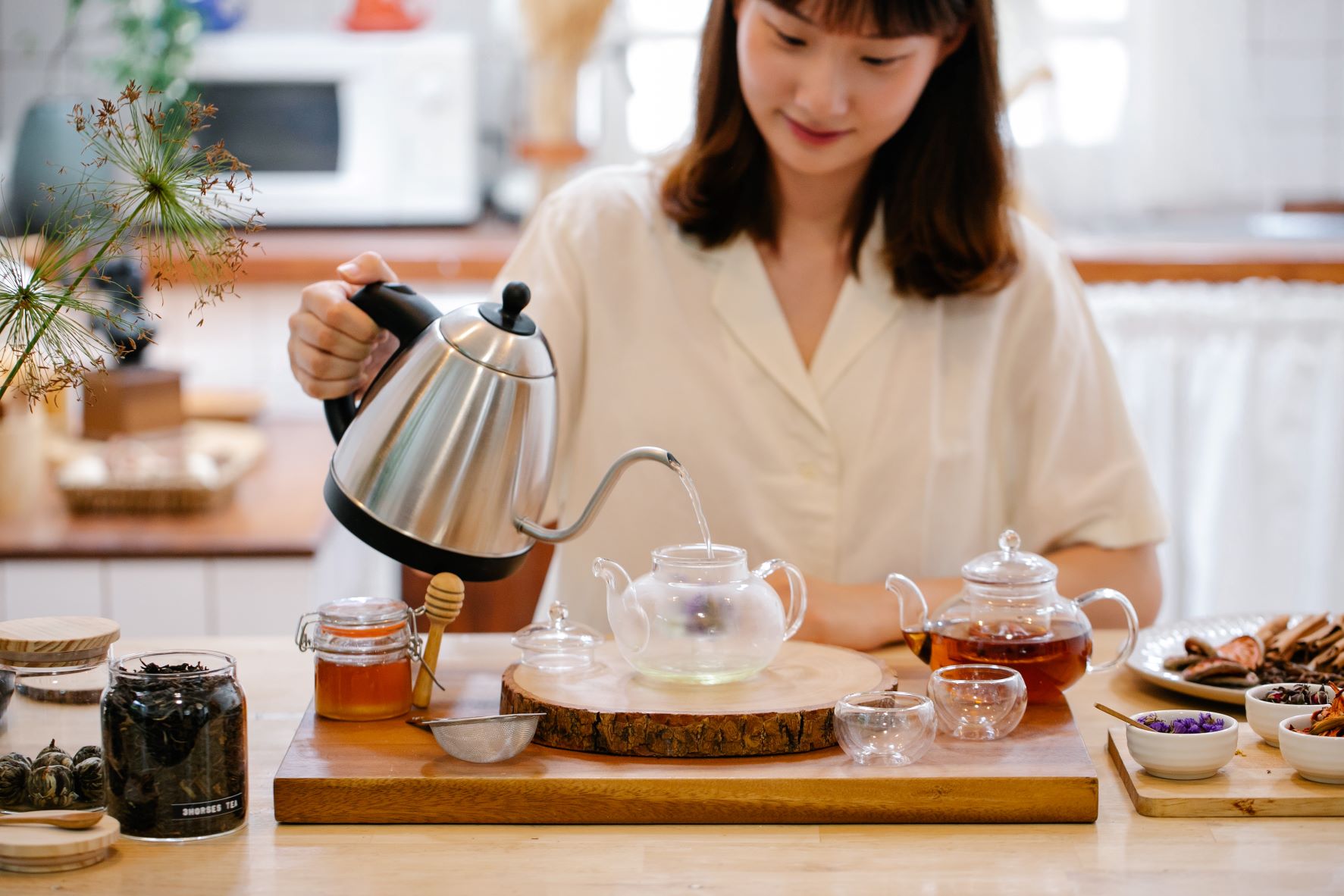
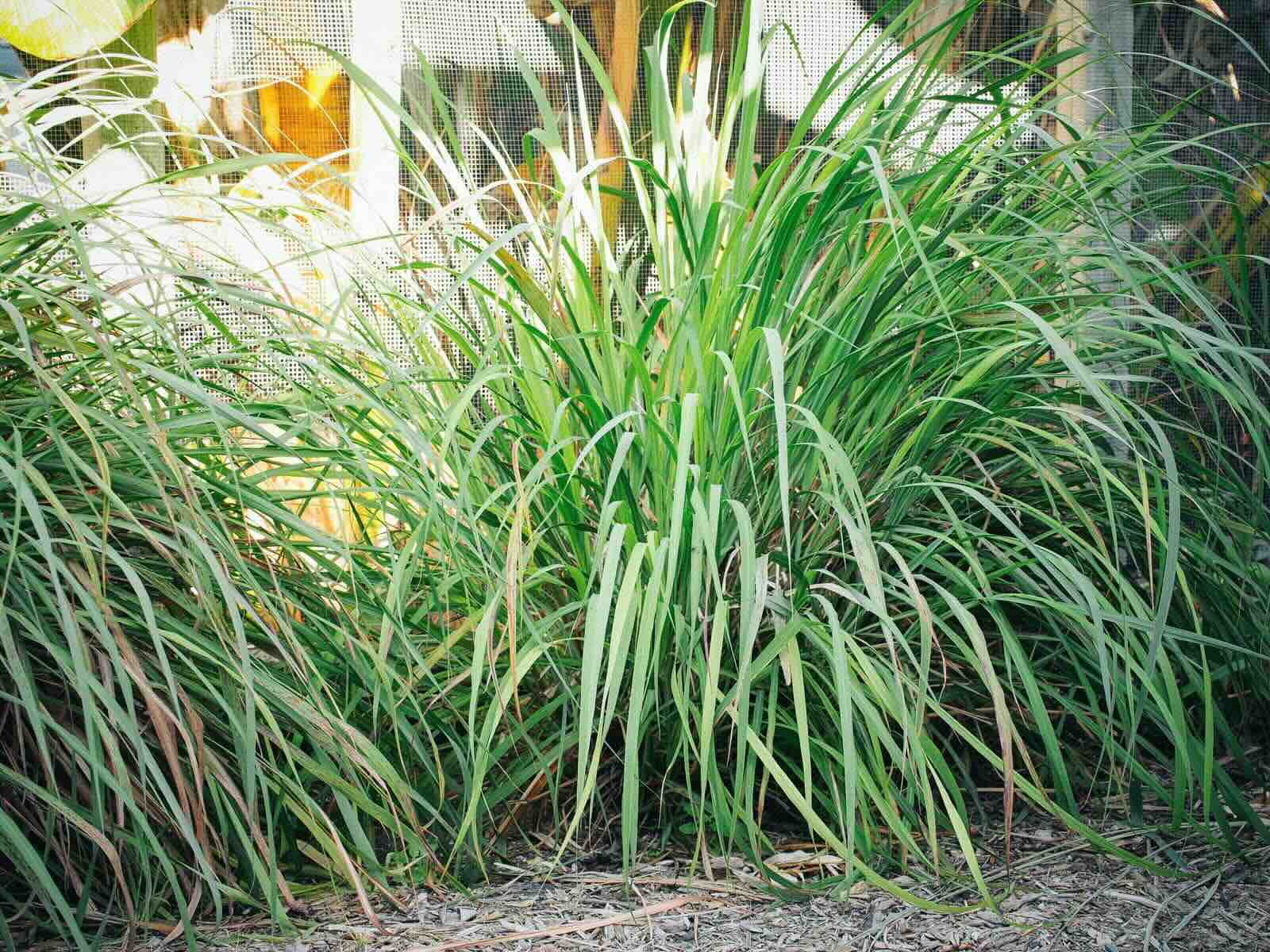
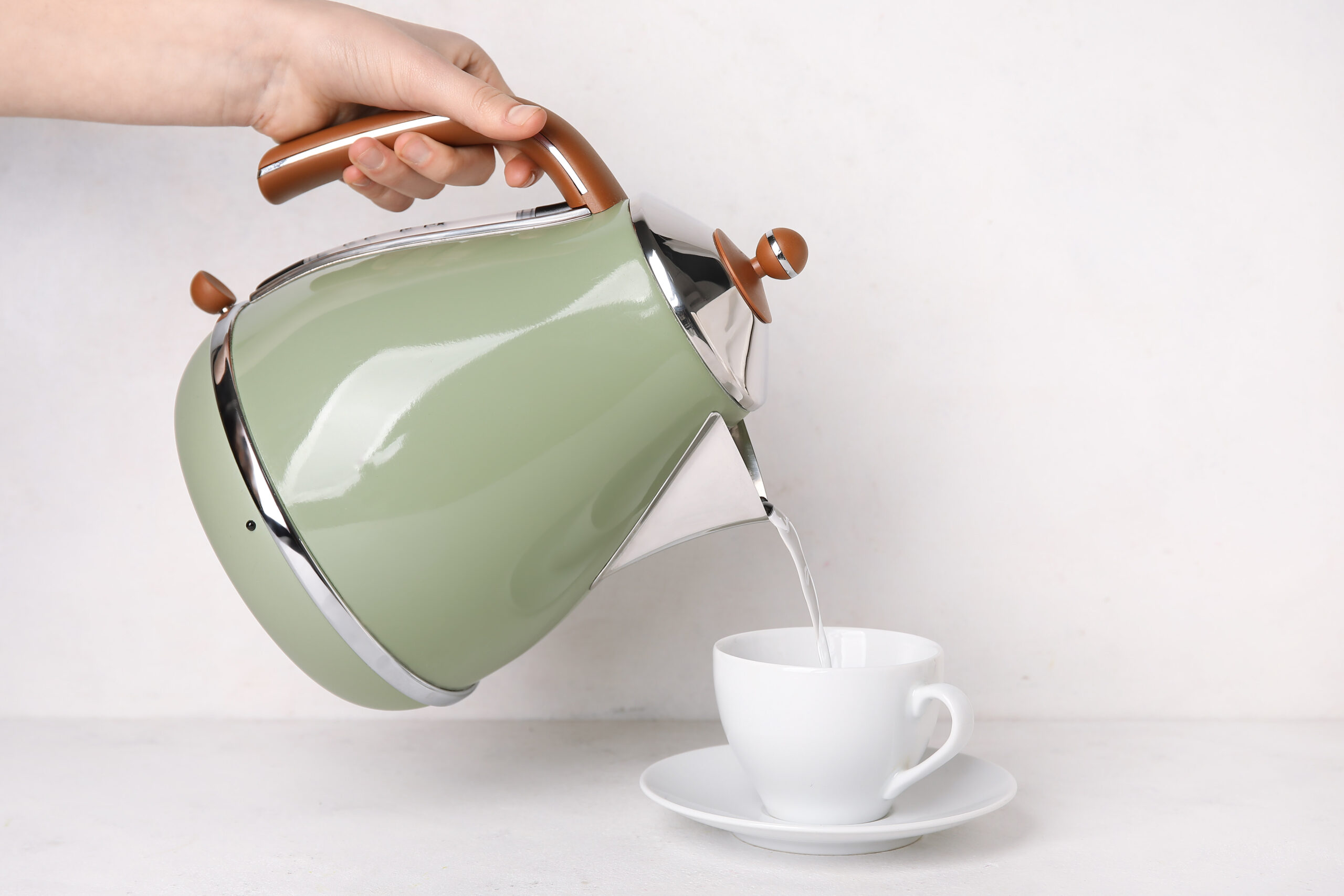
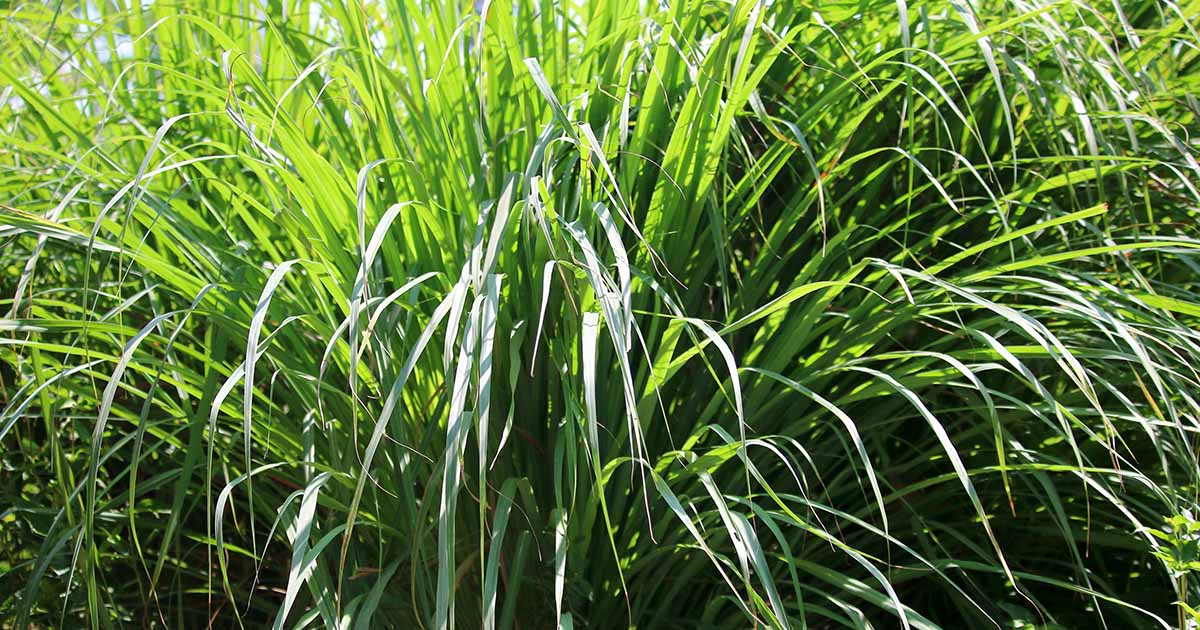

0 thoughts on “How To Use Lemongrass In Tea”